-
Character Study: Tony Soprano

Much has been said about the character of Tony Soprano. I’ve explored some of it on this blog; Tony Soprano will always come up in discussions about antiheroes. David Chase (writer of The Sopranos) used every trick in the writer’s handbook to make the audience empathise with Tony Soprano in the pilot episode. It worked. […]
-
Introducing your character’s age in a children’s novel

Readers want to know early on the age of a main character in a children’s book. In a (non-illustrated) book, we don’t have a visual before us. So character age is one of the most important things we need to know up front. How and when to convey that bit of information? I took a […]
-
Giants and Ogres In Storytelling
Giants and ogres are central archetypes in the fairytale cast. Though similar, they’re not exactly the same.
-
How can setting be a character?
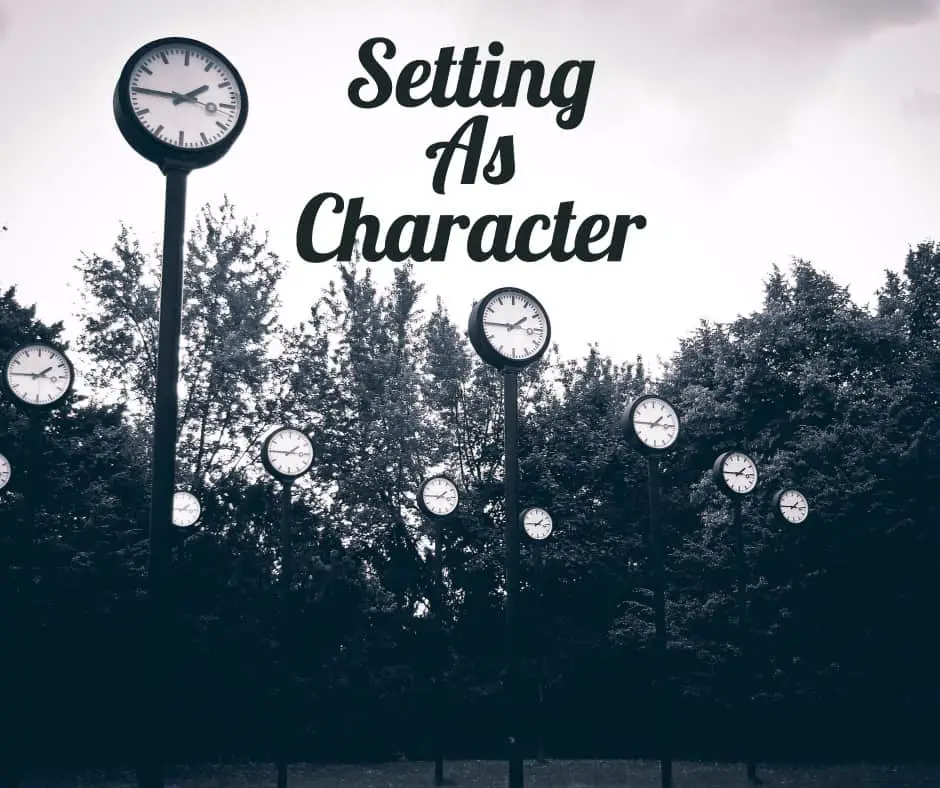
When asked to write something about setting, for an essay or an exam, what exactly are we being asked to describe? When I was in high school my English teachers advised us all against writing the exam essay on setting. So I did. But I wouldn’t advise the same thing. Setting essays provide plenty of […]
-
Elephant and Piggie Comedy Techniques Analysis
The Elephant and Piggie books, invented by Mo Willems, are favourites of my 9-year-old daughter, who is otherwise long past beginner readers. She has asked for more Elephant and Piggies for her tenth birthday. She feels a lot of similar level stories are ‘too babyish’ for her but an enduring interest in the Elephant and […]
-
Humour and Storytelling of Kath and Kim
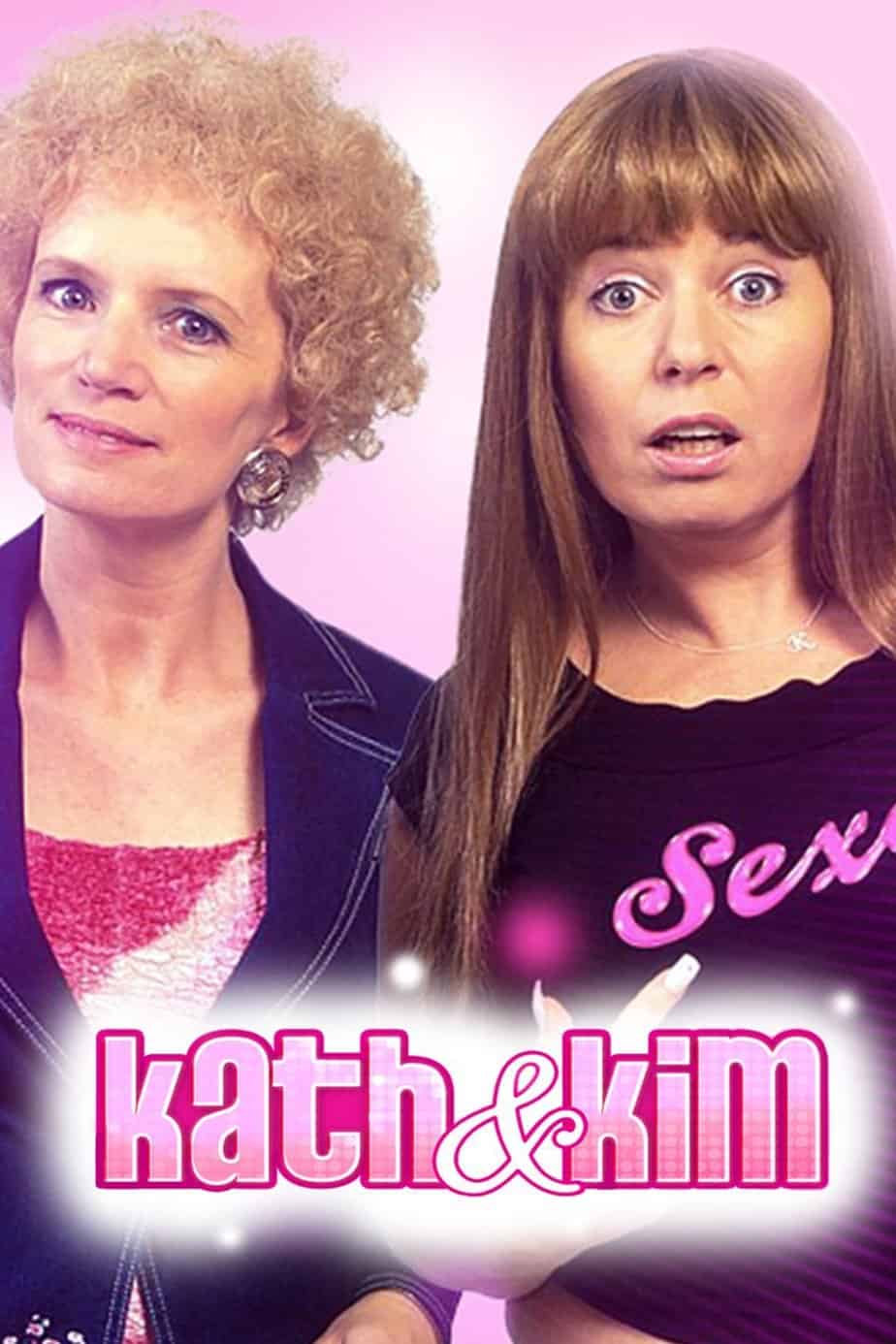
Kath and Kim is a satirical Australian comedy series created by Jane Turner and Gina Riley, which aired 2002, 2003, 2004 and 2007. There are a couple of movies, too. Kath and Kim was remade in America but failed to achieve popularity. Kath and Kim is a specifically (pacifically) Australian series, though enjoyed equally in New […]
-
Who is the main character?

Most of us writing about story pick one of the following terms and stick with it: On this blog I use these terms at random, though I’ve started to drift away from ‘hero’ in favour of ‘main character’. When I learned that, correctly, ‘protagonist’ means ‘the character who starts the action’, I dropped it completely, […]
-
Boring Mrs Bun by Juliet Martin and David Johnstone (1986) Analysis

Boring Mrs Bun is a 1986 character sketch picture book by Juliet Martin and David Johnstone. What sort of story is Boring Mrs Bun? Almost every story in the world is structured like this. But #NotAllStories Rather, not all books we’d call stories. Not all picture books are stories. Some are abecederies. Others function simply […]
-
Character Empathy In The Breaking Bad Pilot

It is much more effective to act like a nice guy and be “reasonable” if you prove willing to go beyond just verbiage. You can afford to be compassionate, lax, and courteous if, once in a while, when it is least expected of you, but completely justified, you sue someone, or savage an enemy, just […]
-
Nannies In Childen’s Literature
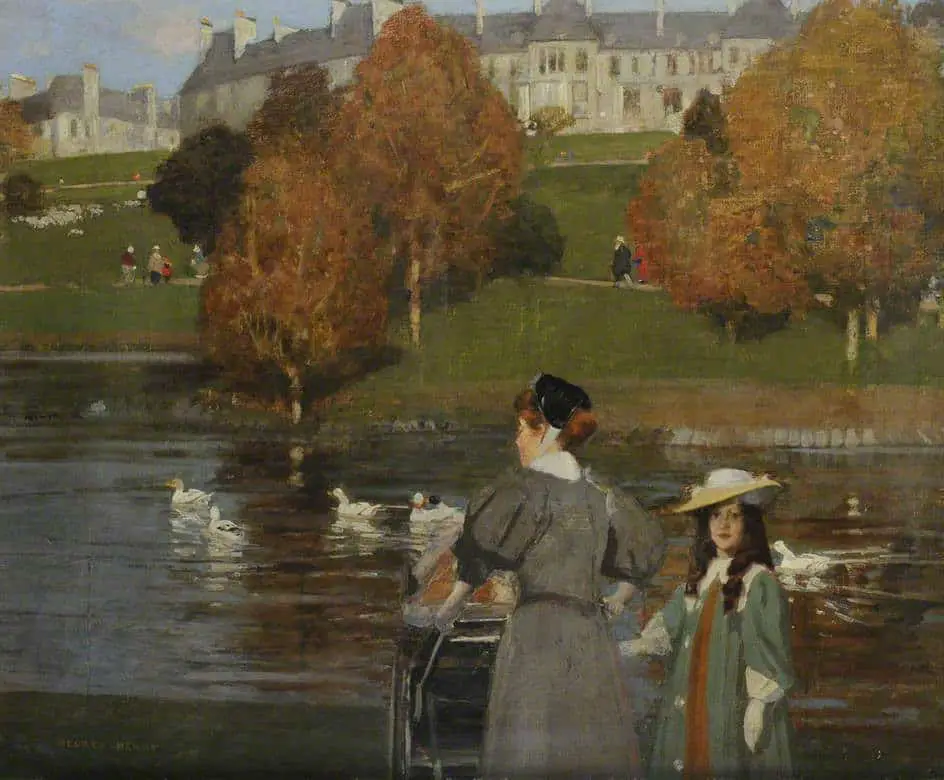
What is the difference between nannies and nurses? How do you pick the nanny in the illustrations of books for children? It’s easy for English stories. There was a dress code. According to Life Below Stairs: True Lives of Edwardian Servants by Alison Maloney, Edwardian nannies dressed like this: In the nursery, the nanny wore a […]
-
The Reflection Character In Storytelling
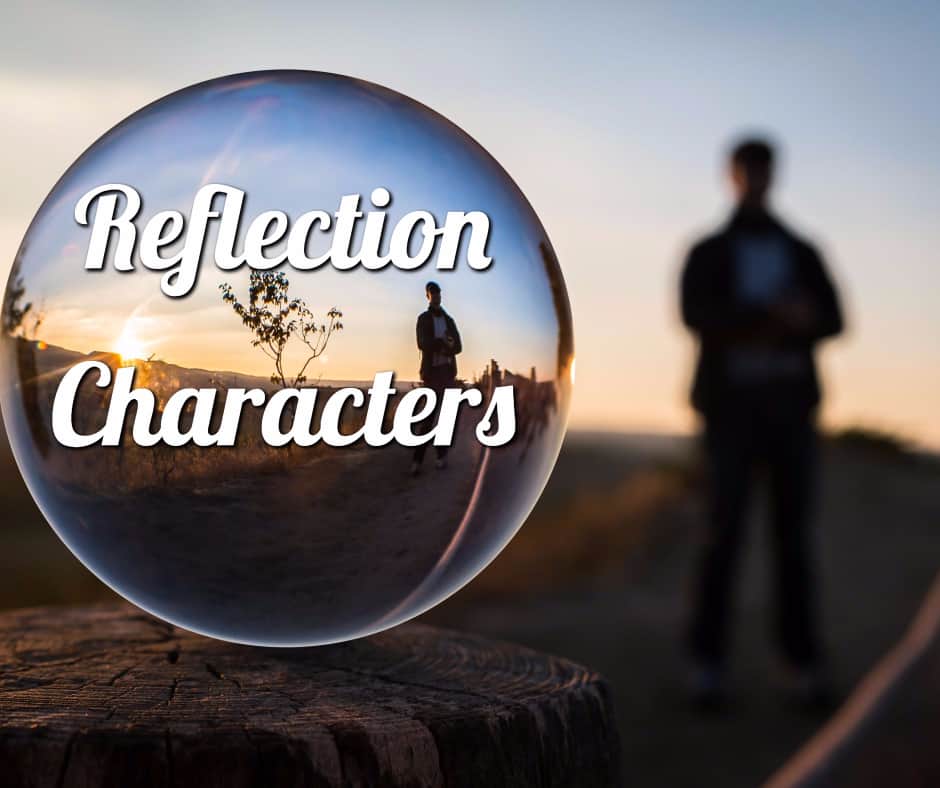
You may have heard of the ‘shadow in the hero’ when creating a character web for a story. Shadow in the hero describes a relationship between opponents. But what if two very different characters bring out the best in each other? What do you call that? What Is A Reflection Character? This is my term […]
-
Character Looks Into A Mirror Introduction
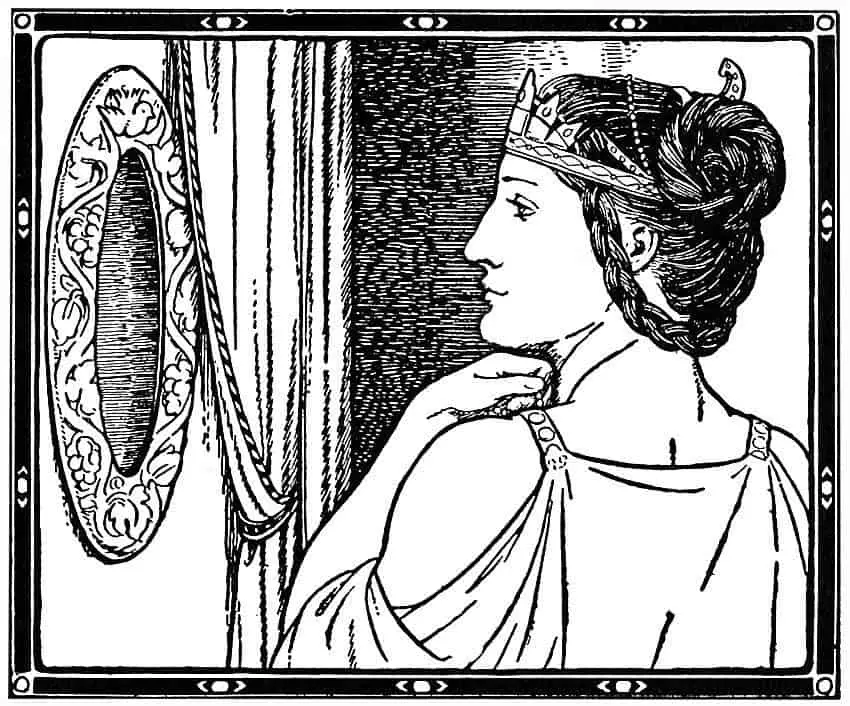
Before mirrors were invented, the earliest type of “mirror” used was nature – reflections in ponds, lakes and rivers when waters were calm enough to reveal a flat surface. But even then, we had never truly “seen” ourselves and, because of this, we had a very different concept of who we were. In his book Millennium: From Religion […]
-
The Trickster Archetype In Storytelling

Tricksters are characters who make secret plans to get away with stuff and to get what they want. Most characters in children’s literature have an element of trickster about them, but this archetype is found frequently across the history of storytelling. In any negotiation, the one who lays out their position first usually loses because […]
-
Generic, Naturalistic and Minimalist Character Illustration

Do you remember being a child and instantly drawn to anything brightly coloured and cartoonish? You learned very early that if something was done in that style, it was made for you. You may also have come across media done in that style which was not for you — perhaps your mum or dad prized a Japanese manga out of…